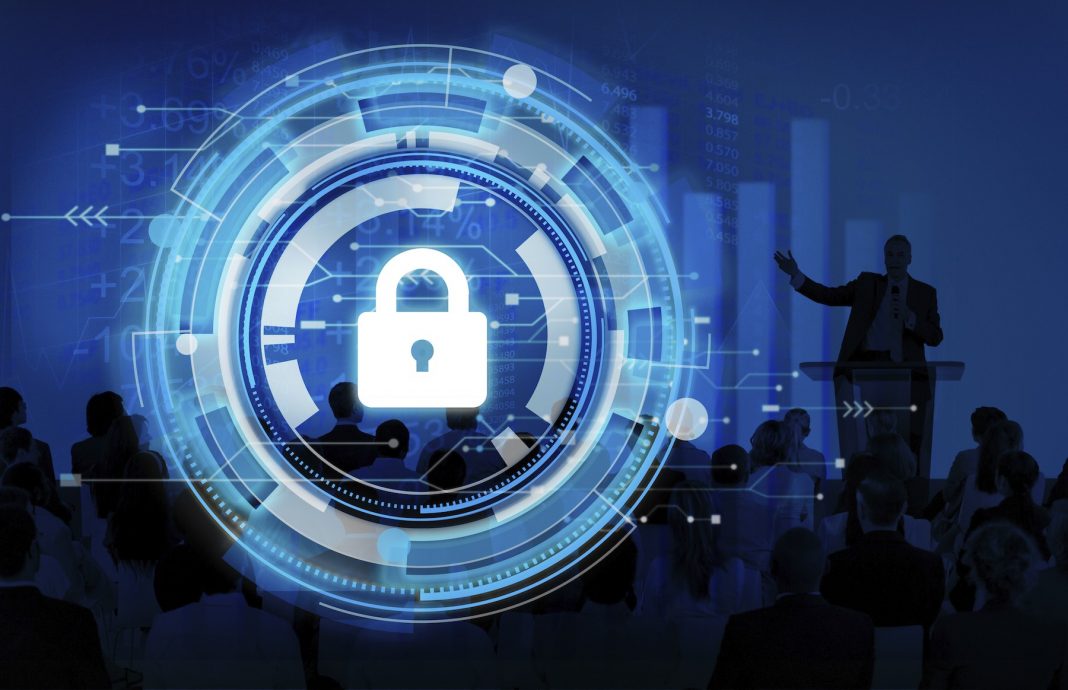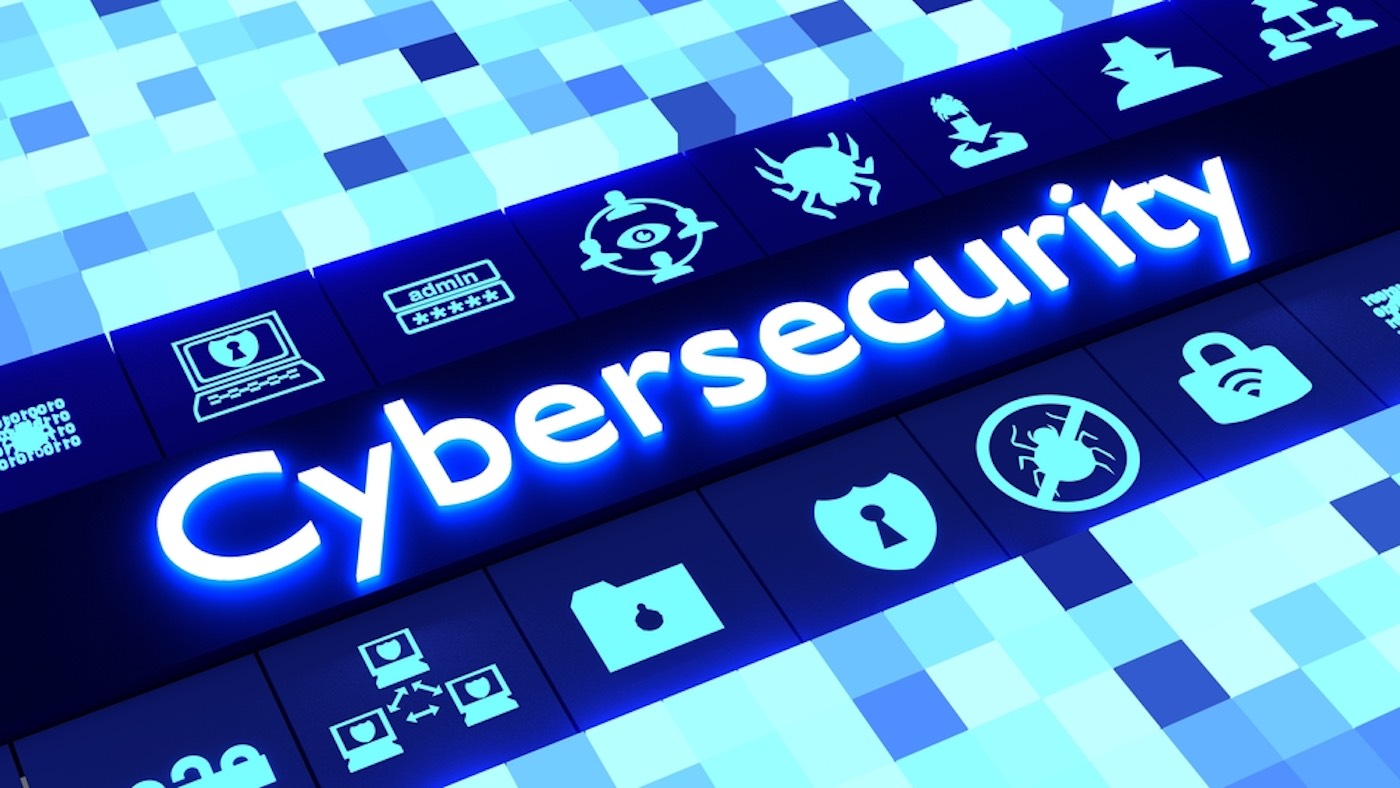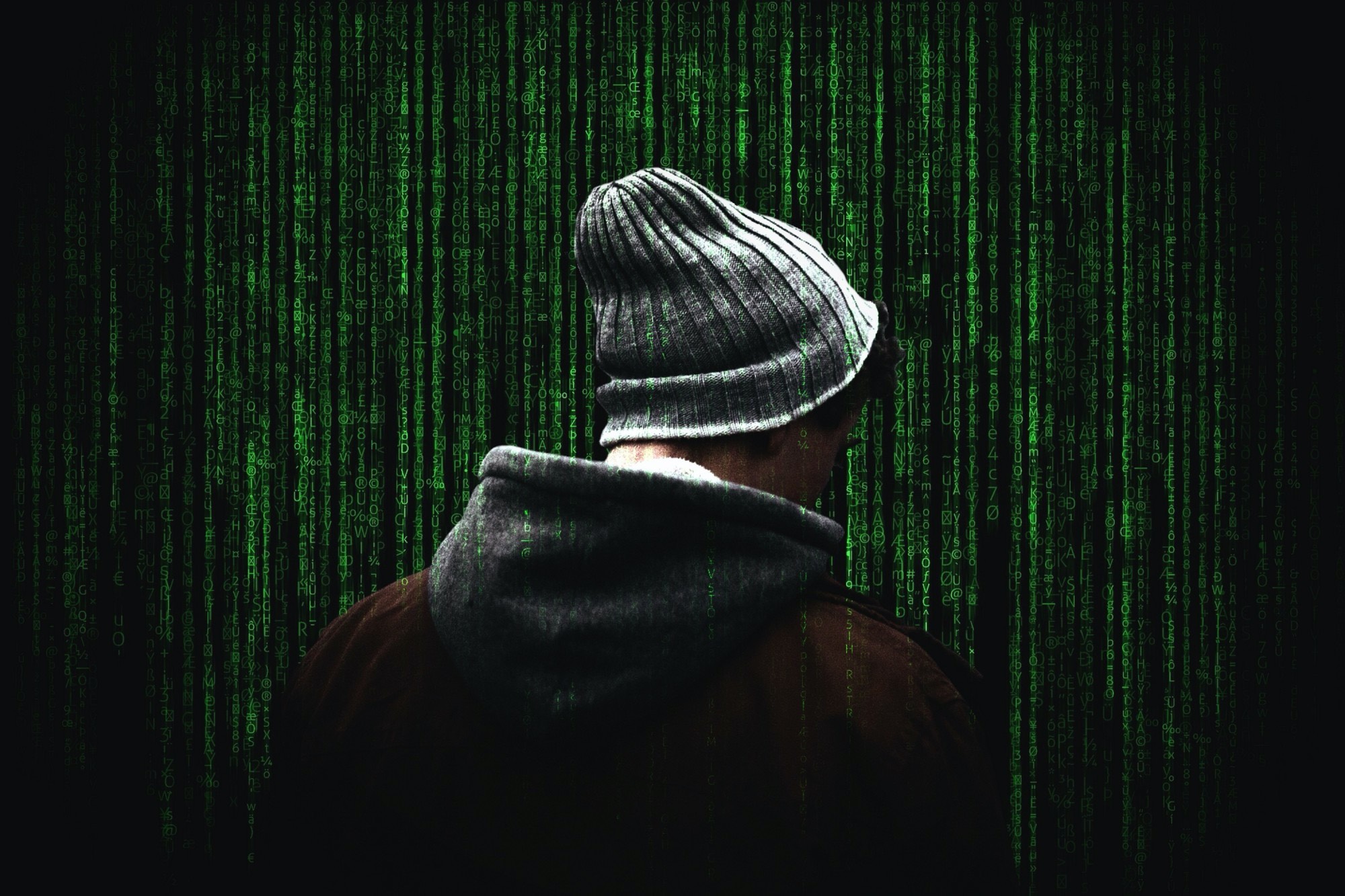The global cybercrime economy is said to generate over $1.5 trillion in revenue. It’s from there that a hacking attack makes its way towards an unsuspecting victim every 39 seconds. Standing in the first line of defense is cybersecurity, which often appears to be just as far under the radar as the attackers it protects us against.
Perhaps it’s because the industry measures its success by silence. After all, mistakes make headlines. But in order to maintain our safety and privacy as we bring a greater portion of our lives online, it’s important to stay on top of the latest cybercrime and cybersecurity trends. The following is what will be top of the agenda in 2020.
AI and Machine Learning
Easily the most influential trend – the use of AI and machine learning in both cyberattacks and defense has made AI a hot topic. But unlike a traditional one, anyone can get involved here.
This means that the technologies are not only being used to protect individuals and organizations from cybercrime, but also by the criminals themselves. It’s equal parts an exciting and terrifying proposition, as the same methods cybersecurity experts use to detect and eliminate threats can be used to disguise those threats and let them through.
This parallel development will become increasingly prevalent in 2020, as AI multiplies in its capabilities. It can materialize in everything from sophisticated security software to crippling ransomware attacks. Only time will tell which side comes out on top.
Access to Information
While a major focal point of cybersecurity is the protection of private information, there’s a growing need for certain data to remain publicly-available. This is in large part due to its utility as a means of keeping us safe. People finder service Nuwber uses their extensive database of public information to provide a range of useful details.
This allows consumers to enter whatever information they have about someone to obtain more details about them, whether it’s a new neighbor, an online date, or an unknown caller. These cases prove that maintaining public access to certain information is sometimes a necessary safety measure.
Cloud Security
There is currently a major migration happening with both consumers and businesses as they move into the cloud. This includes cloud-based storage and software that utilizes the same technology. While the cloud may have some noteworthy security benefits over traditional solutions, it’s not without its compromises.
This calls for a greater need for education on the proper usage of cloud software. Users need to be made aware of best practices regarding passwords and keeping their information inaccessible to criminals. In businesses, misconfiguration and mismanagement of resources, as well as insider theft needs to be closely monitored.
Connected Devices
According to Gartner, the number of Internet of Things (IoT) devices that are online is set to surpass 20.4 billion this year. Increased adoption of this technology has its benefits both at home and in the business environment, but it’s not without its vulnerabilities, thanks in no small part to the lack of universal security standards.
It’s safe to say that demand for cybersecurity solutions that protect against the vulnerabilities that characterize IoT devices will increase along with their adoption.
The cybercrime and cybersecurity space is only becoming more vast and complex. This makes for an uncertain future where we can only remain hopeful that the defense will stay on top.









